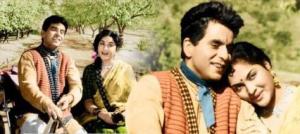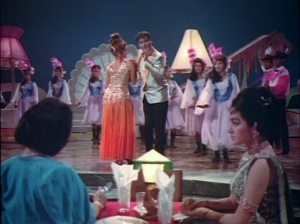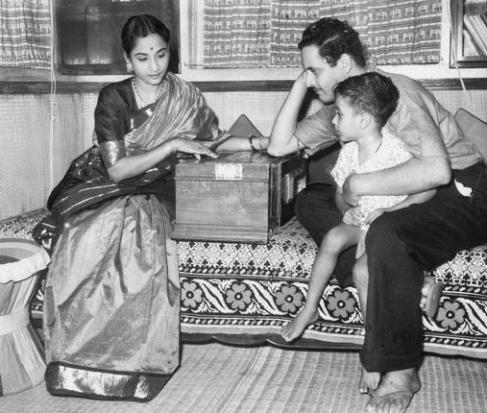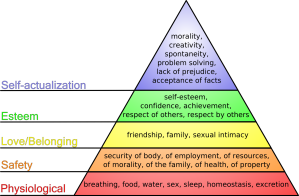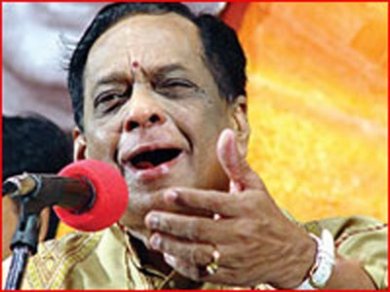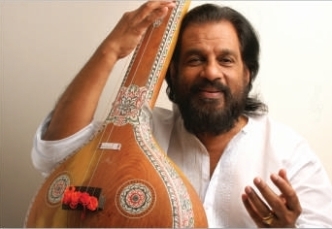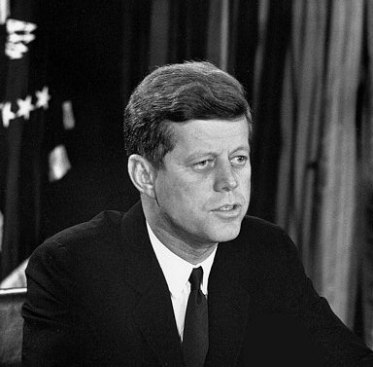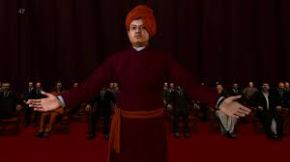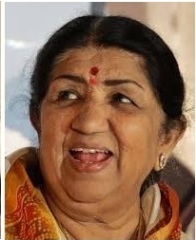Traditionally, it is accepted that Shakespeare was born on 23rd
April, 1564. He was the third child of a tanner, father of eight
children. Shakespeare left a lasting legacy. Today, after nearly four
centuries, people are so fond of his literature, that they think that
Shakespeare is still living among us. His plays, his characters, his
poetry, and his knowledge of the human mind – all transcend the limits
of time and space. He died on the same date 23rd April 1616.
Within his short life, he created poetry and plays the essence of which
has influenced generations of writers throughout the world.
His spontaneity and the magical music of the sounds of the words cannot be described in words. It has to be experienced to understand what it is. The sheer intensity of his life and the strong desire to express himself resulted in the wonderful treasure that we have in the form of his poetry and plays.
Shakespeare’s characters are real and life-like. His tragic heroes suffer from one major tragic flaw. For example, King Lear is credulous and gives in to the flattery of his two elder daughters. The youngest daughter who truly loved him would use no such flowery words and got nothing out of his kingdom and his wealth. In the play, King Lear has to suffer for the rest of his life due to the one tragic flaw of being credulous and prone to flattery. How many of us continue to suffer even today.
Julius Caesar on the other hand was extremely ambitious. Thus, it was the tragic flaw of ambition that led other senators to murder him. Even today, there are people like Shakespeare whose unbridled ambition causes them to suffer from this tragic flaw.
Extreme hunger for Power saw the end of Macbeth. In fact, each of Shakespeare’s tragedies ends in a nemesis that gives an inspiration to all of us to improve and develop and grow. Because left to themselves, things can only go from bad to worse.
His play ‘ The Merchant of Venice’ leaves a harsh message for extremely harsh negotiators. Demands must draw their own limits. So, negotiators must look for win-win situations, rather than facing flak in the end.
More on this great man and the lessons to be learnt in my next posting.
Thank you.
His spontaneity and the magical music of the sounds of the words cannot be described in words. It has to be experienced to understand what it is. The sheer intensity of his life and the strong desire to express himself resulted in the wonderful treasure that we have in the form of his poetry and plays.
Shakespeare’s characters are real and life-like. His tragic heroes suffer from one major tragic flaw. For example, King Lear is credulous and gives in to the flattery of his two elder daughters. The youngest daughter who truly loved him would use no such flowery words and got nothing out of his kingdom and his wealth. In the play, King Lear has to suffer for the rest of his life due to the one tragic flaw of being credulous and prone to flattery. How many of us continue to suffer even today.
Julius Caesar on the other hand was extremely ambitious. Thus, it was the tragic flaw of ambition that led other senators to murder him. Even today, there are people like Shakespeare whose unbridled ambition causes them to suffer from this tragic flaw.
Extreme hunger for Power saw the end of Macbeth. In fact, each of Shakespeare’s tragedies ends in a nemesis that gives an inspiration to all of us to improve and develop and grow. Because left to themselves, things can only go from bad to worse.
His play ‘ The Merchant of Venice’ leaves a harsh message for extremely harsh negotiators. Demands must draw their own limits. So, negotiators must look for win-win situations, rather than facing flak in the end.
More on this great man and the lessons to be learnt in my next posting.
Thank you.








